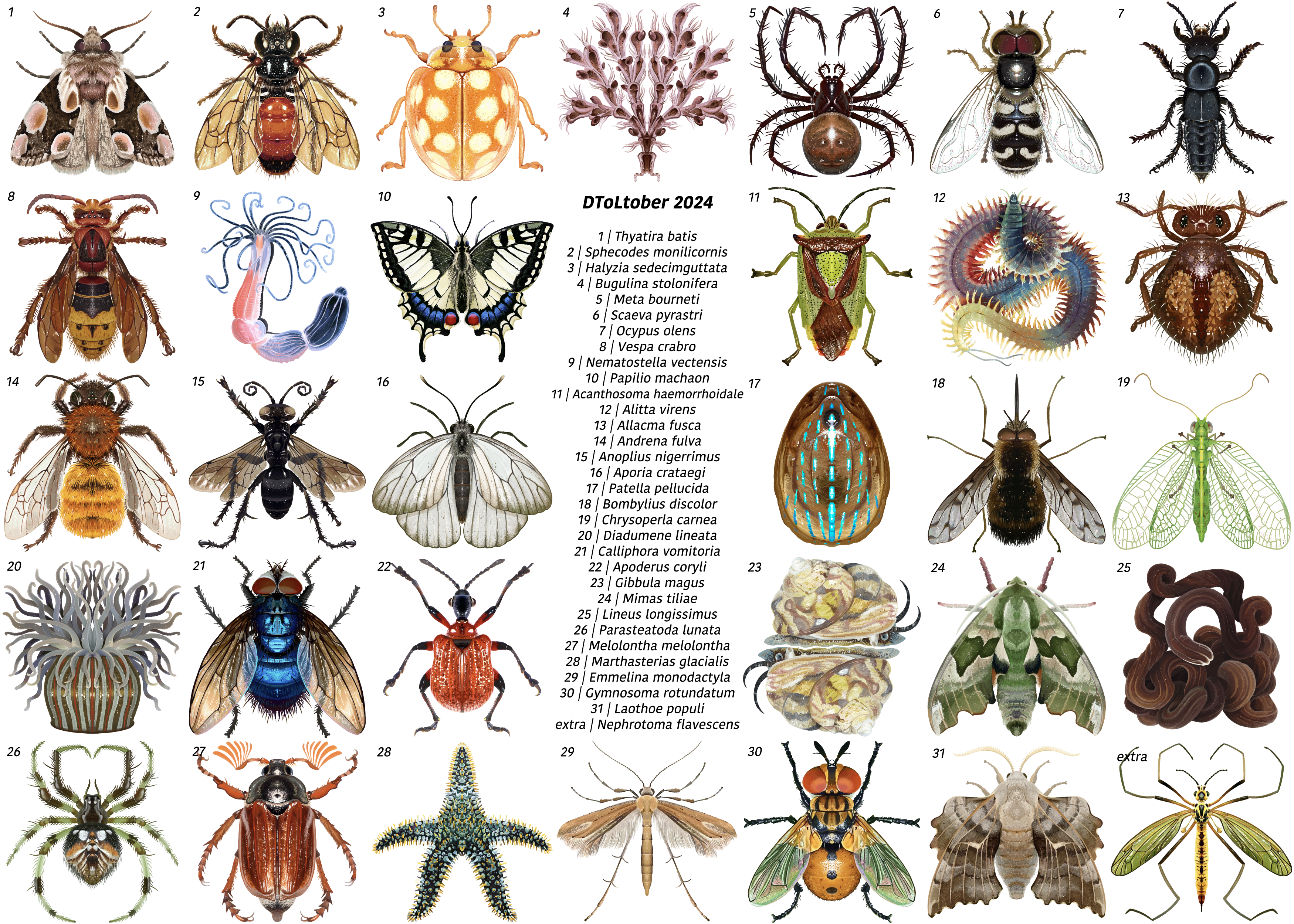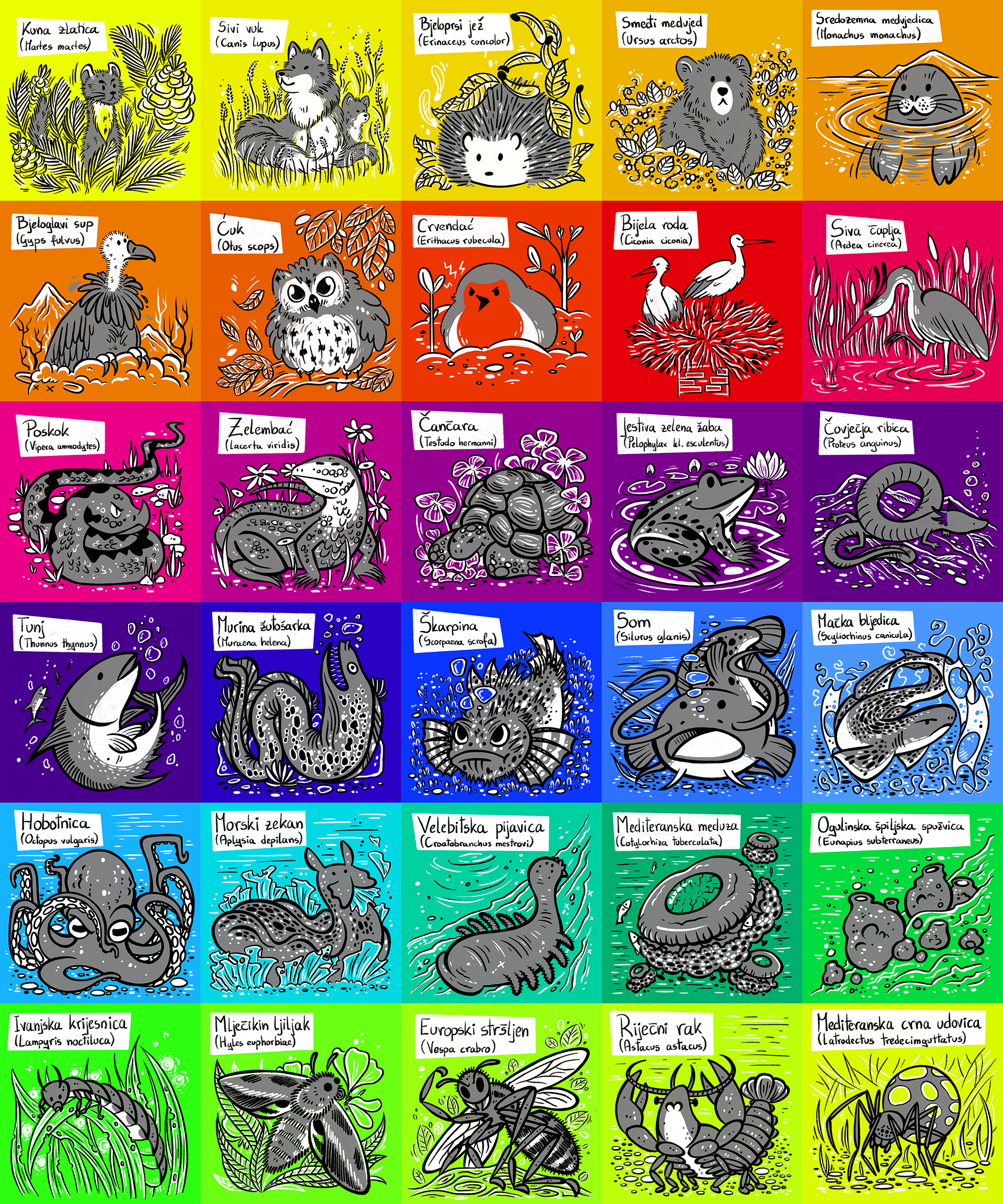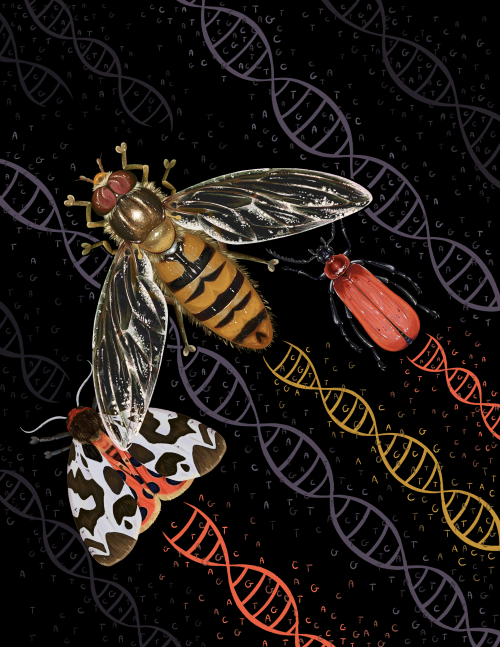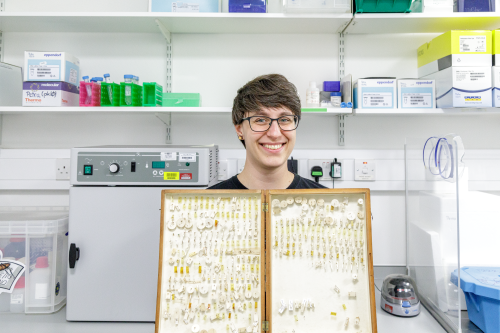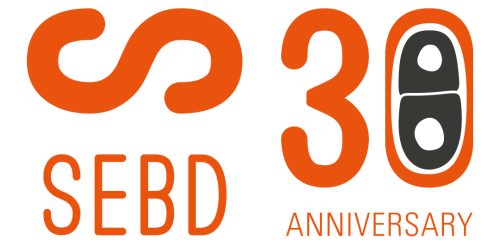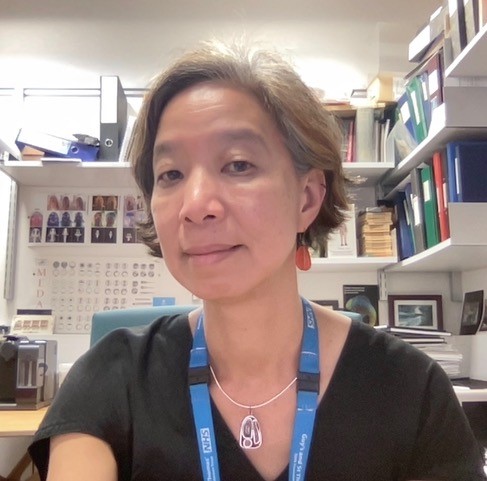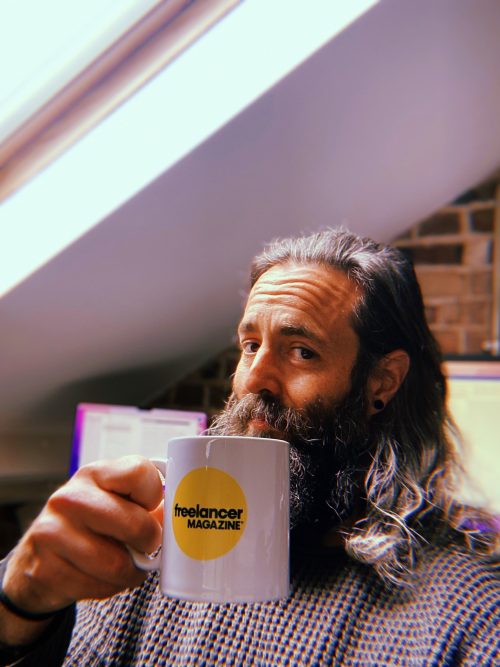Lab meeting with the Hirashima lab
Posted by the Node, on 3 December 2024
This is part of the ‘Lab meeting’ series featuring developmental and stem cell biology labs around the world.
Where is the lab?
Our lab is part of the Mechanobiology Institute and Department of Physiology, National University of Singapore.
Lab website: https://sites.google.com/view/hirashima-group/home
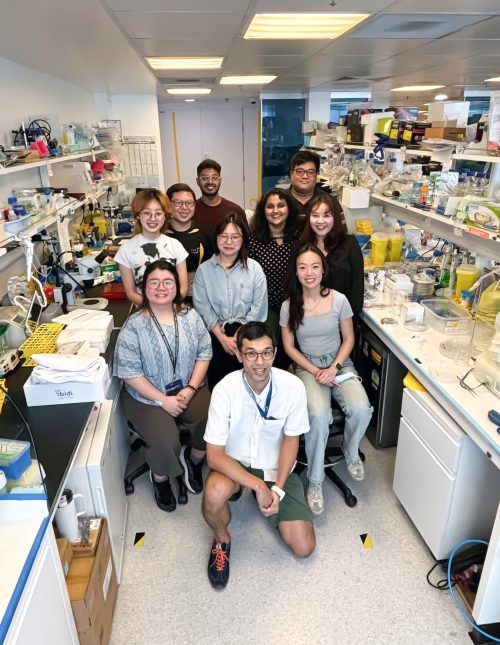
Research summary
Our lab studies the emergence of collective cell behavior and its connection to biological functions in development and reproduction. We focus on the regulation of cellular mechano-chemical coupling in mammalian tissues, using mouse models and cell lines. By integrating live cell imaging with mathematical modeling, we aim to uncover the design principles governing multicellular dynamic systems.
Specifically, through the use of FRET cell imaging to detect kinase activity, we have demonstrated that extracellular signal-regulated kinase (ERK) activity is mechano-sensitive and generates active cellular forces. These forces are fundamental to collective epithelial migration and tissue morphogenesis in developing murine organs, such as the lung and cochlear duct. We will further investigate this regulatory mechanism by integrating tissue geometry and topology to gain insights into not only morphogenesis but also tissue homeostasis and repair.
Another area of interest in our research relates to reproduction. Despite its physiological importance, the origin and role of germ cell dynamics in the reproductive tract remain poorly understood. To address this, we have employed intravital microscopy to study murine sperm and reproductive tracts, allowing us to observe cellular and molecular activities in living tissues. In particular, we aim to explore the biophysical mechanisms underlying collective sperm dynamics and its relationship to reproductive functions.
Lab roll call
Sound Wai Phow: I am a research assistant and the lab safety officer of the lab. My duties include lab logistics and maintaining the mice colonies used by our lab for experiments. I am currently working on a project investigating tissue fluidity and migration.
Veronica Lee Xi Min: I am a PhD student and I am investigating the effects of sperm flow on epithelial cells in a male reproductive organ known as the epididymis. For my study, I am using an in vitro microfluidic system integrated with live cell imaging!
Ankita Nayak: I am a PhD student in the lab. I work on unravelling the impact of substrate curvature on the extrusion of DNA-damaged cells from a tissue-like environment.
Nicole Ng Shu Ying: I am a research assistant and am mostly in charge of the lab’s finances and general maintenance, with a current project involving characterising the murine epididymis using various tissue clearing and imaging methods.
Thanh Phuong Nguyen: I am a research fellow in the lab. I investigate the causative relationship between mechanobiology of epididymal epithelium and sperm development.
Emmanuel Vikran S/O Puspa Nathan: I am an Undergraduate FYP student working on the interaction of aberrant cells and healthy cells with regard to ERK wave propagation.
Chen Xingyu: I am a master student doing my capstone project. And I’m learning and exploring the structure of the epididymis.
Cao Gefei: I am a new PhD student looking into a potential project investigating the dynamics of transzonal projections and ERK signaling within follicles under the context of aging.
Lee Yuan Zhe: I’m a Year 0 PhD student, hoping to look into how collective sperm motion emerges consistently, despite the heterogeneity in environmental and individual sperm cell parameters.
Favourite technique, and why?
My favorite technique is using light microscopy on cells and tissues—simply because it’s fun! I also enjoy quantifying the data and extracting information to build mathematical models. For me, creating a smooth workflow from live imaging to modeling is the ideal approach. It’s so satisfying to turn what we see under the microscope into something that can predict or explain what’s happening.
Apart from your own research, what are you most excited about in developmental and stem cell biology?
I am excited about how complex biological forms—both in shape and size (morphology) and how they’re connected (topology)—self-organize and how they are linked with physiology. Exploring the mechanisms behind these is incredibly exciting!
PI: How do you approach managing your group and all the different tasks required in your job?
We use Slack for daily communication, hold weekly lab meetings to discuss research progress, and have one-on-one meetings for project updates. While there is no strict management style, responding promptly to questions and concerns from lab members is my top priority. Since our lab is young, I make it a point to take initiative and personally demonstrate anything new, like setting up equipment or conducting experiments. My motto is: think, feel, and move!
PI and others from the lab: What is the best thing about where you work?
Tsuyoshi: My colleagues at the MBI have different background in broad disciplines, which is nice to receive great stimuli for a new idea.
Sound: The people and the facilities. Everyone (even from other labs and cores) is very friendly and willing to teach/share their expertise and knowledge without hesitation. The facilities available makes this conducive environment very easily achievable.
Veronica: Definitely the people. We are all very different in terms of work styles and personalities, yet we blend well together. The fact that almost all of us sit together also makes it easier to discuss our work, and nurture bonds beyond regular coworkership. Other than our abundance of microscopes (we have three just for our lab!), I also love how we each have our own comfortable work space. If we could give a lab tour, you would see that each member has some sort of plushie/ figurine/ ornament on our tables that truly reflects our unique personality (e.g. I have two alpaca plushies mounted on my monitor screen).
Ankita: The open-lab system allows us to interact with people from all labs at MBI. It makes for a stimulating environment with people from different backgrounds who are always willing to lend a hand. Apart from the open-lab system and core facilities which helped us a lot while setting up a new lab, I love how organised we are here. Our lab’s databases are easily accessible to all members, and up to date, which helps me plan my experiments easily. The institute also organises informational seminars and conducts training sessions for the equipment which enables us try new avenues in our work.
Nicole: The people here are all very willing to help each other out, even if we are not in the same lab team. Support teams that we call core facilities are a blessing. From IT support to daily lab amenities, as well as usage of a plethora of devices available to everybody is always well coordinated and efficient. The support teams are very willing to conduct training sessions for any device that one may want to try using, so I learnt a lot about various microscopes available in the institution in such a short period of time which is amazing.
Thanh: The setting of open-lab creates a cross-link communication between researchers across different lab with different background. Lots of new ideas and approaches come during those across-the-lab scientific discussion. Facilities of supporting cores play substantial roles in ensure that research works going smoothly and with high efficiency.
Emmanuel: The diversity of people and good facilities. Discussing plans and data with people around me within and beyond my lab is enriching, where I can receive ideas that propel success in approaching research.
Xingyu: THE ATMOSPHERE! I can feel the harmonious and positive energy working with lab members . Everyone is keen to share and help. Also working in our lab is a great opportunity to try these advanced technologies. All the advice I’ve got and accessibility to the lab will help me figure out how scientific research is carried out, and build my own academic research map.
Yuan Zhe: The fact that people don’t take things seriously. On a clownish scale from 0 to 10, I rate myself 11. So, it’s great to be at a place where I can be free to blurt out any nonsensical thoughts I have all the time.
PI and others from the lab: What’s there to do outside of the lab?
Tsuyoshi: Singapore has many parks and green spaces. Watching various birds, like hornbills, kingfishers, and even chickens, is relaxing. Running in the parks is also wonderful—you might even come across huge lizards and snakes along the way.
Sound: Weekly inter-lab dinner and games night.
Veronica: I can’t boast enough about our game night! While other labs tend to meet up over dinner, we host both dinner AND games. Members of other labs are also welcome since our lab is quite small. Recently, each of us have also delved into various sports in an attempt to keep fit/become fitter. From what I know: Tsuyoshi climbs the stairs often, Thanh runs, Sound and Ankita gym, Nicole and I swim, Gefei does all three (run, gym, swim), and Yuan Zhe probably did some sort of sport that led to his spinal cord injury (get well soon!).
Ankita: Singapore may be a small country, but it boasts remarkable cultural diversity. I love exploring foods from different traditions, all conveniently accessible through the excellent public transport system. The city is also very walkable and features impressive green spaces. Plus, with Singapore’s easy access to other parts of Southeast Asia, travelling around the region is a real pleasure!
Nicole: There is a huge variety of food from a vast array of cultures in Singapore so it is always cool to visit new food places all around the country. New cafes, eateries and old school shops pop up once in a while and it’s always an interesting experience to try them out.
Thanh: Singapore is a modern city and therefore having a lots of way to have fun outside of the working time. People are colleagues during working hours and switch to friends after work for hanging out and explore Singpore’s unique food and culture.
Emmanuel: Singapore, being well-lit and even more beautiful at night, makes nighttime runs exciting. The island features stunning paths that stretch for several kilometers, allowing uninterrupted runs without the need to stop for traffic.
Xingyu: I like the small talks and lunch with people. I’m quite shy now but I’ll try to engage more in the future!
Yuan Zhe: I enjoy vertical marathons and late-night cycling. Singapore has enough skyscrapers for the former, and enough large green parks for the latter. When the crowd is sparse late at night, the parks are pretty much Autobahn for cycling.


 (3 votes)
(3 votes)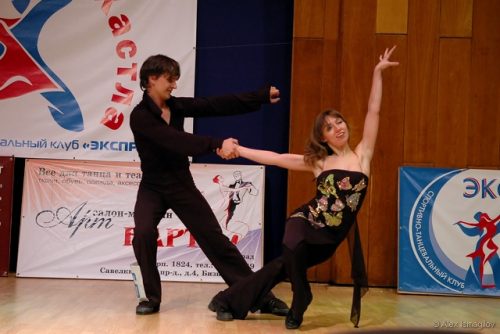
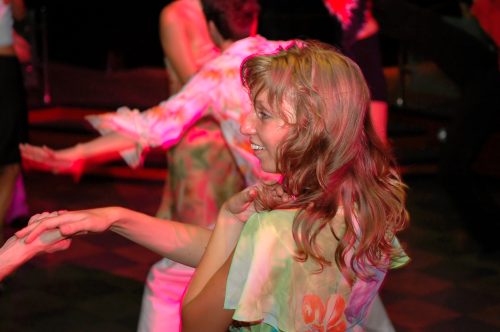
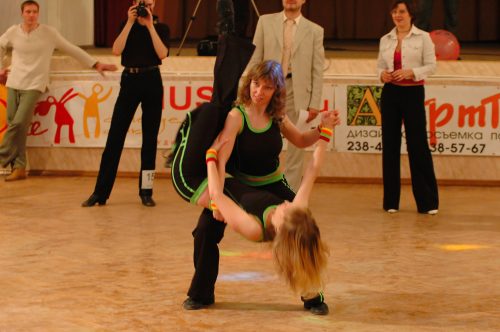
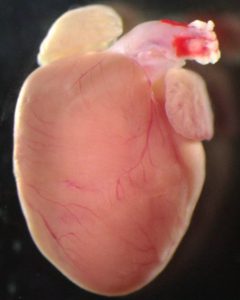
 (No Ratings Yet)
(No Ratings Yet)
